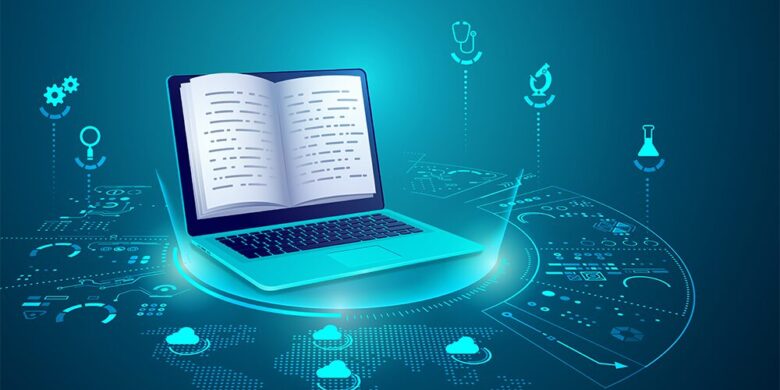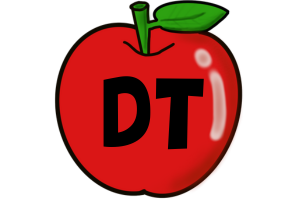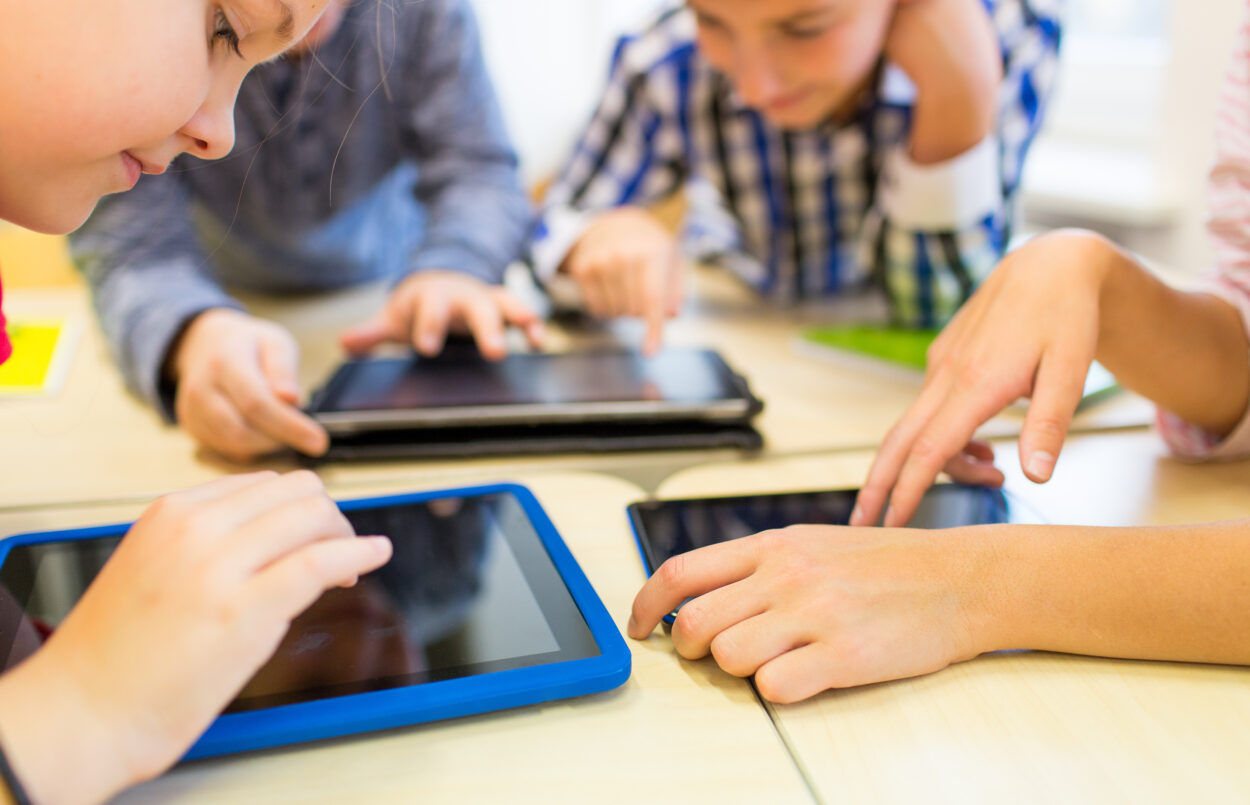Educational technology involves the use of hardware and software components to facilitate learning. A child is in his formative years in elementary school, and the use or disuse of technology in education can have a profound effect on the way in which the child learns and grasps concepts.
Interactive tools like LingoKids offer more than a thousand interactive activities for both parents and kids that make learning easy. Interactive quizzes, digital books, songs, and videos have the ability to grab a child’s attention, and it makes the learning curve easy.
Technology In Education: Pros And Cons
Educational technology has several advantages, such as making distance learning possible and improving the child’s engagement in learning. However, there are certain disadvantages as well, and this blog post gives you an idea of the pros and cons of adopting educational technology for young children.
The pros of incorporating technology in education are listed below.
Increased Personalization

One of the most significant advantages of educational technology is that it allows for personalization. Every child has his or her own pace of learning. Some are fast learning and need to read the study material only once or twice to memorize it. At the same time, there are others who may have to go through the study material five to six times in order to grasp the concepts.
In a classroom setting, the teacher teaches the entire course material at once, and it often becomes difficult for slow learners to grasp the concepts. Educational technology that compiles the entire course content in tiny modules allows the students to learn in a self-paced manner. Hence, educational technology promotes inclusive learning and ensures that no child is left behind.
Immersive Learning
Rote learning is monotonous and boring. Young children often lose interest when they have to constantly stare at the blackboard and read study material from a book. However, educational technology makes it possible to design interactive course material that enables immersive learning. Young children learn and remember concepts if they can see animations or three-dimensional models instead of two-dimensional figures or text-based matter.
Increased Productivity
When children use educational technology it frees up a lot of time for the teacher. Once the child learns the basic concepts from the digital module the teacher can step in only to clear the doubts and help the students who lag behind. Thus, educational technology improves productivity and saves a lot of time for the teacher who can invest that time in improving teaching methods.
Enables Distance Learning

Educational technology facilitates distance learning. School kids need not visit the brick-and-mortar school to learn their daily lessons. They can use their laptops, mobile phones, or tablets to learn their lessons while they are in their homes. This saves a lot of time because the student does not have to travel to the school and can learn their lessons while they are at home. This is a great advantage for those students who live in remote areas and find it difficult to travel to brick-and-mortar schools.
Easy To Check Student’s Progress
Educational technology makes it easy to check student’s progress and to keep track of their improvement over time. Software can track a student’s progress and predict their learning curve so that the teacher can help them in a more appropriate and productive manner. Technology also helps analyze the behavioral patterns of the students and may also help suggest appropriate steps/ practices to reduce attention deficit in students.
Educational technology helps both teachers and students but there are some challenges which have to be dealt with before educational technology can be adopted in full fledged manner.
So here are some cons of educational technology.
Language Barrier

Most of the digital course material is available in popular global languages like English, French etc and this poses a barrier for those kids who do not understand these languages. So if educational technology is made more accessible and the course material is dubbed in multiple languages it can be very useful.
Isolating Experience
Digital education can be an isolating experience as children do not get to interact with other kids of their age. Staying and learning at home may be convenient but not being able to play or interact with peers can hamper the growth and development in young children.
Distraction
Teachers in a classroom monitor students and constantly try to talk and keep them engaged in the lessons. A child can get distracted when he is watching his lessons on a digital platform. There is no monitoring or surveillance when it comes to digital learning hence a child can lose interest.
Internet Barrier

Most digital course material, especially those which have interactive content require good internet connectivity. But proper 24×7 internet connectivity is still not available in many parts of the world. So the lack of solid internet connectivity is a major barrier in the path of wholesale adoption of educational technology.
Possibility Of Cheating
A major disadvantage of educational technology is that it cannot detect whether the student himself has learned the lesson, completed the coursework, or it has been done by someone else. So, cheating is always possible in educational technology.
Final Words
Technology in education is thus both a blessing and a curse. If people can make the right use of educational technology, they can make learning more enjoyable and interactive. Students will learn better from three-dimensional models and will retain a lot of the information that is taught to them.
Also, it is easy to check a student’s progress with educational technology. However, there are some major disadvantages as well when it comes to digital education. For instance, there is always a possibility of cheating and other online distractions. Again, since most of the digital educational content is in English, many children who do not understand English are left out. So, education technology can be very useful, but one needs to use it appropriately and make the most of it.






